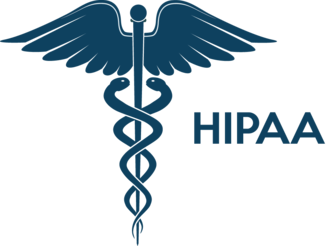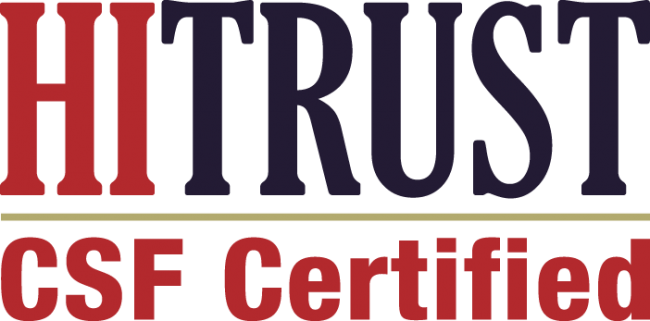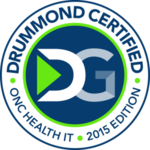What are Community Health Centers and what they do?
Community Health Center (CHC) in the United States is a non-profit entity comprising of clinical care providers, that operate at comprehensive federal standards. The care providers in CHC are a part of the country’s health care safety net, which is defined as a group of health centers, hospitals, and providers who are willing to provide services to the nation’s needy crowd, thus ensuring that comprehensive care is available to all, regardless of income or insurance status. CHC is a dominant model for providing integrated primary care and public health services to low-income and underserved population. There are two types of CHCs, one receives federal funding under Section 330 of Public Health Service Act and the other meets all requirements applicable to federally funded health centers and is supported through state and local grants. To receive federal funding, CHCs must meet the following requirements.
- Be located in a federally designated medically underserved area (MUA) or serve medically underserved populations (MUP)
- Provide comprehensive primary care
- Adjust charges for health services on a sliding fee schedule according to patient income
- Be governed by a community board of which a majority of members are patients at the CHC
Patient Referral Program in a Community Health Center
Community Health Centers constitute Primary Care Providers (PCP) who serve the underserved population. CHCs are high outbound referral setups i.e they send out numerous referrals. A patient visits the clinic when he/she is suffering from an illness. Depending on the severity, the physician might refer the patient to an imaging center for further diagnosis or to a specialist practice for advanced treatments.
Any Community Health Center will have a dedicated referral coordination team to send out referrals and take care of the community care coordination program. With the help of the patient demographics and diagnosis details available, the referral coordinator will go about doing the insurance preauthorization and finding the right imaging center or specialty practice for the patient. After that, the coordinator will create a referral that includes the details of patient demographics and the required diagnosis. Then the referral is sent to the relevant imaging center or specialty practice.
Challenges faced
The referral creation involves tedious manual work due to the following reasons.
- Finding the right specialist/imaging center – The number of imaging centers and specialist practices is increasing day-by-day. It takes a lot of time and effort for the referral coordinator to narrow down the referral coordinator’s search and find the right one.
- Time Spent – As the referrals are handled manually, a referring coordinator spends about half-an-hour to one-hour for a creating referral on an average and even more time in following up the same.
- No Updates – After a referral is sent, both the referring and the receiving providers get busy. It is not possible for both of them to be updated on the referral progress. So the specialist/imaging center and the patient fail to update the clinic on the progress of the referral. This results in open referral loops.
Why are referral updates important to a clinic?
- The patient’s well being – Any physician would always want to check on his/her patients’ health. So it is essential for a provider to want to know if the receiving provider accepted the referral, scheduled an appointment with the patient, the patient recovery status, or how severe is the illness, etc.
- Referral loop closure– Open referrals are a result of the referring provider not getting to know the referral’s progress. The ultimate aim of a referral process is to give the patient better treatment. Closing a referral loop is very important because it indirectly proves that the patient was taken care of.
- Data Analytics – PCPs require concrete data of how many referrals were converted to an appointment by a specialty care or an imaging center. It will help in analyzing who responds quickly and to whom the PCP can direct future referrals.
- Referring to the right person – Depending on the progress of the referral and the patient’s feedback, the physician can get to know how good or bad the referral process has been. This will help the physician in knowing to whom he can refer and to whom he should not.
- Schedule follow-up appointments – After the referral is done, the physician has to schedule an appointment for the patient. For eg: If the physician is referring his patient to an imaging for X-ray, the physician must be notified once the test is done so that he can schedule an appointment and give treatment to his patient depending on the results. Structured appointments scheduled in a well-managed referral system is a constant source of new patient revenue.
Be updated about referrals with the HealthViewX solution
The major problem with a Community Clinic not getting updates is that everything is manual. A software solution can solve this problem quite easily. HealthViewX Patient Referral Management solution enables creating a referral in three simple steps thus providing a successful referral program. After the referral is created, it can be tracked with help of the status. Both the referring and receiving providers will be notified of the appointments, test results, treatment recommendations, etc. The system can integrate with EMR/EHR and can also coordinate between the referring and the receiving sides. Any referral has a timeline view which is common to both the receiving and the referring providers. In the timeline view, history of the referral can be seen for eg: notes related to the patient’s health, previous status of the referral, etc. Documents attachment and status change can also be done at any time of the referral process. HealthViewX Patient Referral Management solution can always keep you updated on the progress of the referral thus simplifying the referral process and helps in closing the referral loop.
HealthViewX Patient Referral Management solution helps the referring provider to track the referral progress. Schedule a demo with us and our patient referral management experts will guide you through our HIPAA compliant solution.






